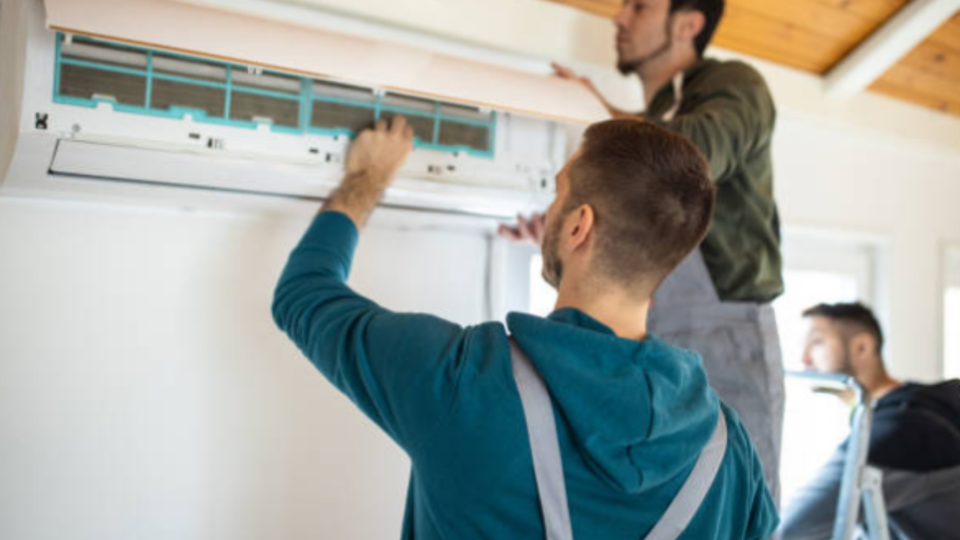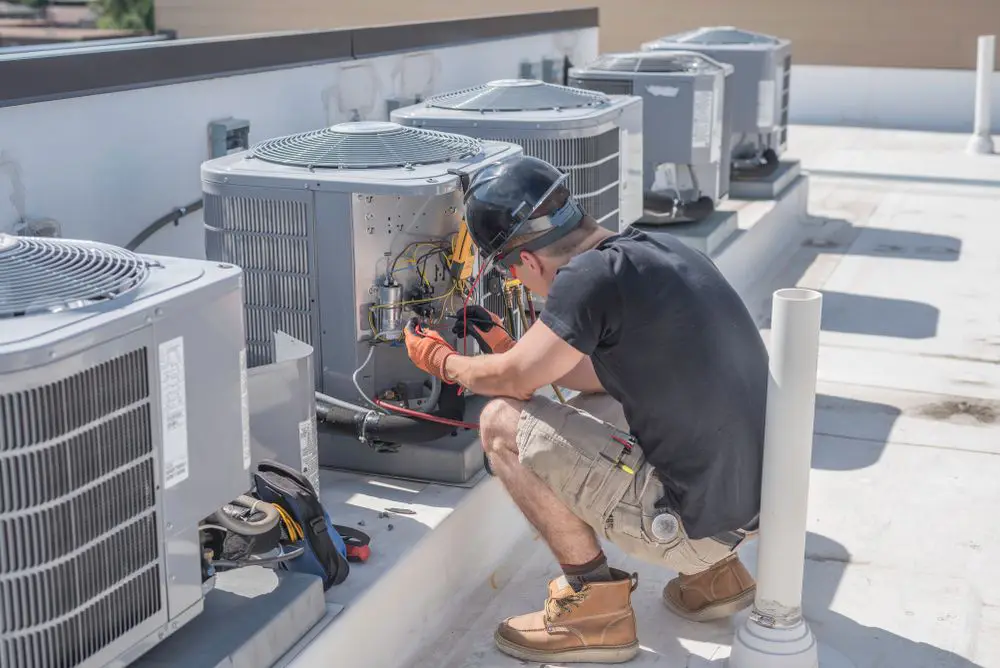Maintaining clean air ducts is crucial for ensuring a healthy indoor environment. If you’re looking for effective duct cleaning tips home remedies, you’re in the right place! Keeping your HVAC system in top condition can prevent health issues, improve air quality, and enhance system efficiency.

Why Clean Air Ducts Matter
Air ducts circulate air throughout your home, impacting the quality of the air you breathe. Over time, dust, pollen, mold, and other contaminants can accumulate, leading to poor air quality and potential health risks. Regular cleaning is essential to maintain a healthy living space.
The Health Benefits of Clean Ducts
Clean ducts reduce allergens, decrease respiratory issues, and prevent the spread of mold. This is especially important for people with allergies, asthma, or other respiratory conditions. Clean ducts also ensure that your HVAC system operates efficiently, saving energy and reducing costs.
Signs Your Ducts Need Cleaning
How do you know when it’s time to clean your ducts? Look for these signs: visible dust, mold growth, unpleasant odors, or increased allergy symptoms. If you notice any of these issues, it’s time to take action.
Home Remedies for Duct Cleaning
Before calling a professional, consider trying some simple home remedies to clean your ducts. These methods are cost-effective and can be done with items you probably already have at home.
Using Baking Soda and Vinegar
Baking soda and vinegar are natural cleaning agents that can help remove odors and disinfect your ducts. Mix equal parts of each and use a brush to scrub the inside of your ducts. Rinse with water and allow them to dry.
Essential Oils for Freshness
Add a few drops of your favorite essential oil to a cotton ball and place it in your ducts. This can help neutralize odors and leave a pleasant scent throughout your home.
DIY Duct Cleaning Tools
Creating your own duct cleaning tools can make the job easier. A flexible brush, vacuum cleaner with a hose attachment, and microfiber cloths are all you need to get started.
Building a Flexible Brush
Use a long, flexible rod and attach a brush head to one end. This tool can reach deep into your ducts and remove dust and debris.
Vacuuming the Ducts
A vacuum cleaner with a hose attachment can effectively remove loose debris from your ducts. Be sure to cover the return air registers to prevent dust from circulating back into your home.
Preventative Measures
Taking steps to prevent dust buildup can extend the time between cleanings and keep your air quality high.
Regular Filter Changes
Changing your HVAC filters every 1-3 months ensures that dust and debris don’t accumulate in your ducts. Use high-quality filters for the best results.
Maintaining a Clean Home
Regular vacuuming, dusting, and mopping can prevent dust from entering your ducts. Pay special attention to areas near vents and registers.
When to Call a Professional
While home remedies can be effective, there are times when professional cleaning is necessary. If you notice persistent odors, mold growth, or severe dust buildup, it’s time to contact a professional.
Choosing the Right Service
When selecting a professional duct cleaning service, look for companies with good reviews and certifications. A trusted service can ensure your ducts are thoroughly cleaned and your system is in top condition.
Conclusion
Duct cleaning tips home remedies offer simple, effective solutions for maintaining a healthy home. Regular cleaning, preventative measures, and knowing when to call a professional can help you maintain high air quality and HVAC efficiency.

FAQs
What are the benefits of cleaning air ducts?
Cleaning air ducts improves air quality, reduces allergens, and enhances HVAC system efficiency.
How often should I clean my air ducts?
It’s recommended to clean your air ducts every 3-5 years, but this can vary based on your home’s environment and air quality.
Can I clean my air ducts myself?
Yes, using home remedies like baking soda and vinegar can be effective for minor cleaning. However, professional cleaning may be necessary for severe dust or mold issues.
This article contains affiliate links. We may earn a commission at no extra cost to you.